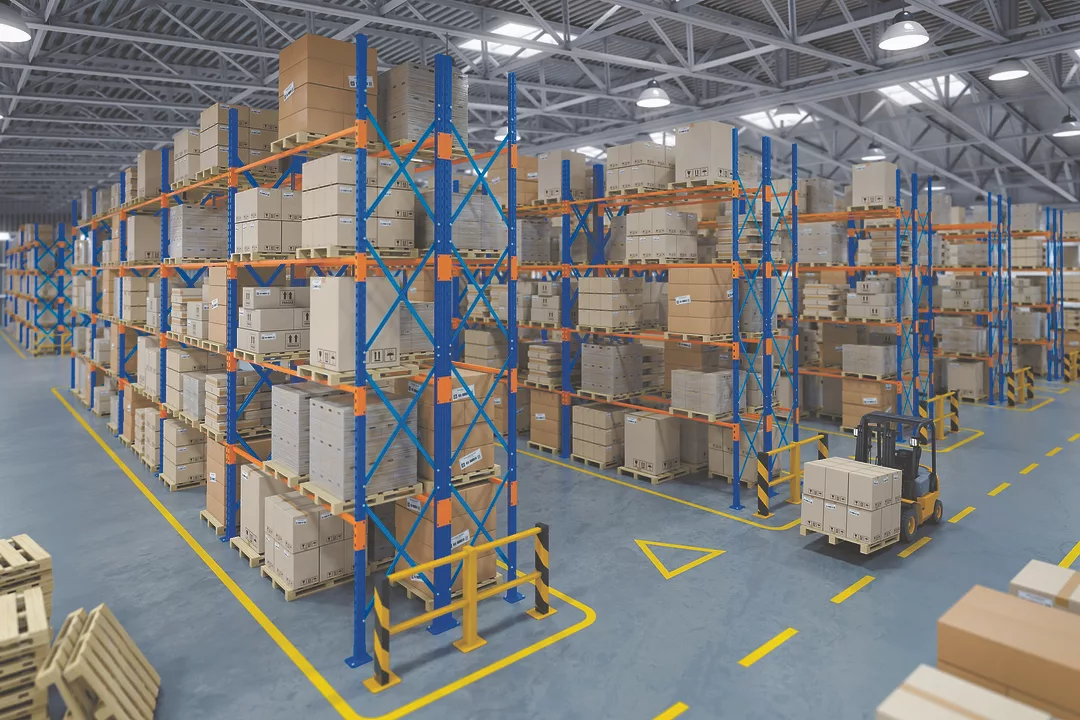I was recently asked to moderate a panel on master distribution in the plumbing, HVAC and PVF channels of distribution. For those unfamiliar with the acronyms, HVAC refers to heating, ventilation, air conditioning and PFV refers to pipe, valves and fittings. My goal was to determine how master distributors provide value to the supply chain.
Just to clarify, master distributors reside between manufacturers and wholesale distributors in the traditional supply chain. There are many misconceptions about the role, but as I hope to articulate in the next 1,000 words or so, they serve a legitimate role in the chain.
The first misconception I want to clear up is that they sell directly to the end-user. As one of my panelists so eloquently put, “It’s wholesale or no-sale.” This defines the commitment of master distributors to only sell to wholesalers and never put themselves into direct competition. Selling direct, as some manufacturers occasionally attempt, is the cardinal sin of the supply chain.
Some distributors have additional fears about supporting master distributors. Years ago, I was coaching a purchasing team; we were reviewing its top suppliers by annual purchase dollars. One of the interesting things we discovered was that a large master distributor landed in the top 5. While this was no surprise to the team members, it was a bit of a shock to the company’s owner. He was less than pleased and directed the team to minimize their reliance on this supplier.
I asked him about his rationale and why he didn’t like working with the master. He believed that by supporting this master distributor, he was allowing smaller non-stocking distributors access to brands he had made big investments in. Fair concern. What he failed to realize is that buying from this master distributor gave him access to non-stocking lines his customers asked him to source.
In the world of construction supply, sourcing non-stocking products amounts to a huge portion of the sales revenue. You can’t have it both ways.
The second misconception I want to address is the notion that master distributors are higher priced than going direct with a manufacturer. If you only look at the net invoice pricing from both options, the master distributor will appear to be more expensive. But we are smarter businesspeople than that, aren’t we?
Just as we ask our customers to look at the total cost of procurement when pitching our slightly higher-priced wares, we must look at the value of the total package from the master distributor to determine our best option.
Inventory Buffer
One of the strongest value propositions for the master distributor is that it acts as an inventory buffer between manufacturing and distribution. As my panelists shared, they are not looking to achieve high inventory turns on their shelves. They tend to carry a wide breadth of branded product and support those SKUs that no distributor should heavily invest in.
When these requests do arise, our ability to source these products in small quantities will allow us to provide superior customer service without overburdening our limited shelf space.
This ability to sell wholesalers in bite-sized pieces is how master distributors came into existence in one of the channels I researched. I had the good fortune of spending some phone time with a purchasing manager in the PVF channel about how that company uses master distributors. He shared some of the back story on how they came to be a part of the chain.
Many years ago, the steel mills got the bright idea to weed out some smaller wholesalers in the pipe market. They increased their prices and raised the minimum order quantities to a point where it became too expensive for smaller wholesalers to buy direct.
One of the big mistakes the mills made was giving this preferential pricing to these remaining large distributors. These large distributors realized they could still make a healthy profit by selling smaller orders to wholesalers without charging a premium. Not only could the distributor buy in a more reasonable quantity, but they also bought at the same price they would have been getting direct from the mill. A new market was born to service these forgotten distributors.
As illustrated by the business owner I worked with, master distributors give wholesalers access to products they are not primary in. Let’s face it; wholesalers love to push the boundaries of their core market. They love to peek over the fence and see what others are doing.
In the contractor supply market I grew up in, we would love to take a shot at the industrial or rental markets. Usually, we wound up back in our lane with our tail between our legs, but it wasn’t for lack of trying. Our relationship with master distributors allowed us access to some of the products necessary to explore these markets without going all-in with a new supplier. It was a tremendous relief when we came to our senses and backed away from a market.
This is not meant to dissuade you from trying to enter new markets. I am merely pointing out a more cost-effective way to experiment.
Logistics Buffer
The second major value proposition for a master distribution is providing a logistics buffer between manufacturer and wholesaler. This is especially true today. Manufacturers are struggling to find trucking carriers for anything smaller than full truck shipments. In fact, many have suggested that they are unable to provide less-than-truckload (LTL) shipments.
Master distributors have been working in the LTL and small package arena for decades. It is what they do. Where it might take two to three weeks to get a shipment from your direct supplier relationship, a master distributor might be able to get it out in two to three days. This can mean the difference between making and missing a sale. Contractors might be aware of the supply chain crisis, but it doesn’t mean they have adopted Zen-like patience.
The wholesaler I spoke with shared another circumstance that I hadn’t considered. The ability to ship smaller quantities has allowed him to better service his branch locations. As wholesalers add locations, the struggle to keep them resupplied puts a strain on internal company logistics. Most of these locations don’t have the volume to take factory-direct shipments and must rely on transfers from a hub or distribution center.
By working with master distributors, this wholesaler can resupply his locations with appropriate quantities. This results in a reduction of overall inventory carrying cost and minimizes the expense of transfer logistics.
Tech Expertise
The final value proposition, as articulated by my panelists, is technical expertise. This may not be the case with all master distributors, but it could be very apparent in certain verticals. As these master distributors become more focused on the markets they serve, their ability to solve problems increases.
In many cases, the master distributor can help translate the challenge from the end-user to the product’s original manufacturer. The repetitive nature of the challenges helps strengthen the problem-solving expertise of the master.
As you are all aware, we are living in the days of scarcity. The supply chain is broken. No longer can we send an order to a manufacturer and expect to have it hit our dock in a reasonable period. These challenges are great, and demand is even greater.
Now, more than ever, we need to break from our traditional lines of supply and find alternatives. If a master distributor is not in your top 10 list of suppliers, you might want to look at how to add one to your stable. Good luck, and know that I am always here to help.






